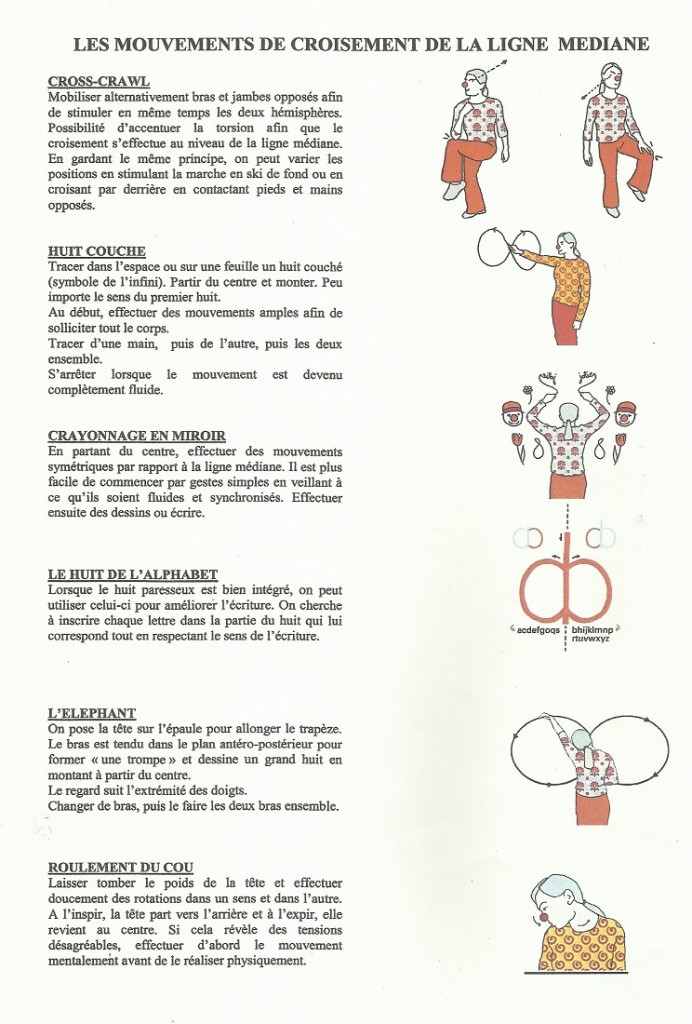

Even 10 minutes more a day would make a difference. Adults with chronic health conditions and disabilities.Īn estimated 110,000 deaths per year could be prevented if US adults ages 40 and older increased their moderate-to-vigorous physical activity by a small amount.See physical activity recommendations for different groups, including: Physically active people have a lower risk of hip fracture than inactive people. Breaking a hip have life-changing negative effects, especially if you’re an older adult. Hip fracture is a serious health condition that can result from a fall. Multicomponent physical activity can be done at home or in a community setting as part of a structured program. Physically active middle-aged or older adults have a lower risk of functional limitations than people who are inactive.įor older adults, doing a variety of physical activity improves physical function and decreases the risk of falls or injury from a fall. Include physical activities such as aerobic, muscle strengthening, and balance training.

Being unable to do everyday activities is called a functional limitation. Improve Your Ability to do Daily Activities and Prevent FallsĮveryday activities include climbing stairs, grocery shopping, or playing with your grandchildren. Slowly increasing the amount of weight and number of repetitions you do as part of muscle strengthening activities will give you even more benefits, no matter your age. This is important for older adults who experience reduced muscle mass and muscle strength with aging. Muscle-strengthening activities like lifting weights can help you increase or maintain your muscle mass and strength. Keeping bones, joints, and muscles healthy can help ensure that you’re able to do your daily activities and be physically active. A CDC study found that adults who meet the aerobic and muscle-strengthening physical activity guidelines are about half as likely to die from flu and pneumonia as adults who meet neither guideline.Īs you age, it’s important to protect your bones, joints, and muscles – they support your body and help you move. People who are more active may be less likely to die from flu or pneumonia.

A CDC systematic review found that physical activity is associated with a decrease in COVID-19 hospitalizations and deaths, while inactivity increases that risk. People who do little or no physical activity are more likely to get very sick from COVID-19 than those who are physically active.Physical activity may help reduce the risk of serious outcomes from infectious diseases, including COVID-19, the flu, and pneumonia. Additional amounts of physical activity seem to lower risk even more.

People start to see benefits at levels from physical activity even without meeting the recommendations for 150 minutes a week of moderate physical activity. Metabolic syndrome is some combination of too much fat around the waist, high blood pressure, low high-density lipoproteins (HDL) cholesterol, high triglycerides, or high blood sugar. Regular physical activity can reduce your risk of developing type 2 diabetes and metabolic syndrome. Regular physical activity can also lower your blood pressure and improve your cholesterol levels. You can reduce your risk even further with more physical activity. Getting at least 150 minutes a week of moderate physical activity can put you at a lower risk for these diseases. Heart disease and stroke are two leading causes of death in the United States. The good news is that moderate physical activity, such as brisk walking, is generally safe for most people.


 0 kommentar(er)
0 kommentar(er)
